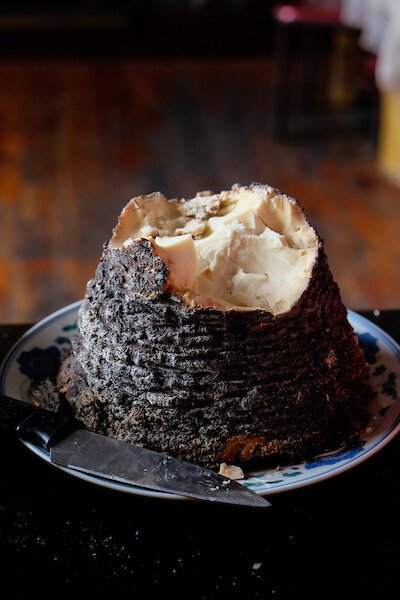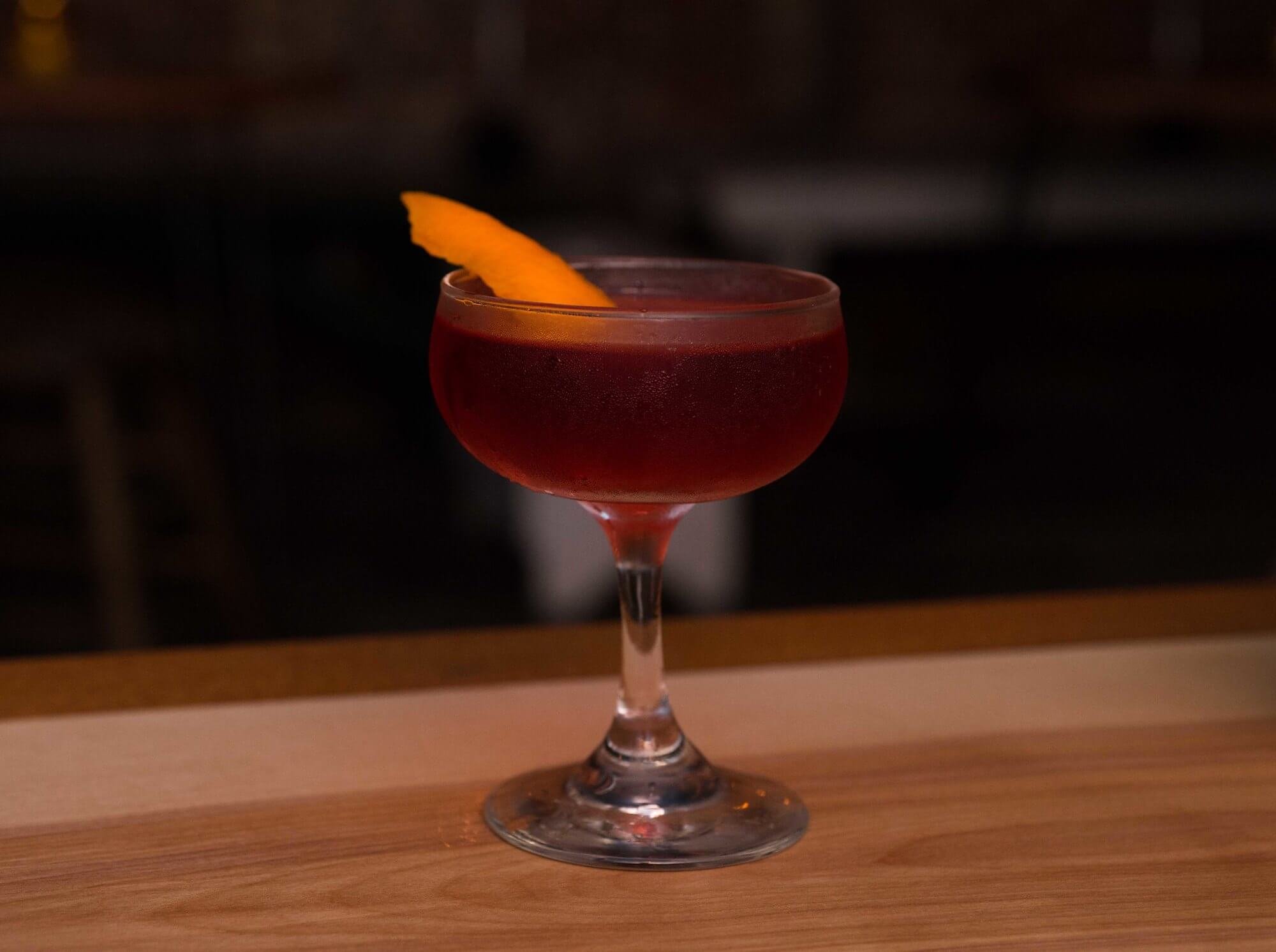Baijiu: What You Need to Know about the World’s Most Popular Spirit
Your first reaction to the title above probably is, “wait, what?” given that you may not have ever heard of such a thing. But baijiu, (pronounced BUY-joe,) technically a diverse category of Chinese distilled grain spirits meaning “white liquor,” has dominated liquor sales worldwide since well before the US was beginning a whiskey renaissance in the 1990s. Baijiu is part of the East Asian Alcohol meta trend and in gross amount consumed, baijiu is the most popular spirit in the world.
Recent trends in access, restaurant staff education, cocktail bars looking to differentiate, a more curious drinking culture, and the ever-rising popularity of Asian-influenced cuisine are all potential reasons why baijiu is finally starting to make an international splash outside of China. Steaven Chen of CNS Imports, an LA-based importer of Asian spirits, also notes that the Chinese brands themselves are making more of a marketing push to encourage baijiu without borders: “They are now wanting to share their spirits with the rest of the world.”
Which means baijiu could very well cross your bibulous path soon. Here are four things to know about this ancient spirit:
"Making baijiu the old fashioned way" by timzachernuk is licensed under CC BY-SA 2.0
Most Baijiu is Distilled From Sorghum
Baijiu can be made from any number of grains including rice, wheat, and corn, but most is made from sorghum, a cereal grain indiginous to several Pacific nations. Unlike many spirits whose processes and raw ingredients are regulated, there is no governing body that regulates baijiu production. As such there are 12 recognized regional styles in China, of which four are the most popular, with three of those four having sorghum as the primary ingredient in the mash.
As for commonalities among them, all baijiu are the work of qu—pronounced “chew”— the microorganism, or yeast, responsible for fermentation. Grains are steamed, and distillates are aged in neutral terracotta vessels, resulting in frequently complex, yet colorless, spirits.
Baijiu Are Categorized by Aroma
Regional variations in the production of baijiu result in widely different expressions in the glass, and are categorized by their distinct “aromas.” The four most popular styles and their flavors are:
Strong Aroma
The most popular variety both in and out of China, originating from the Sichuan province, “It is a meal of a drink and really almost tastes like food,” contributes Briana Volk, co-owner of Portland Hunt + Alpine Club, and author of Northern Hospitality. “The flavor ranges from overripe fruits to sometimes hard cheese.” Matt Conner, formerly of Backbar agrees: “It’s got a strong flavor profile generally with a fermented tropical fruit flavor. I often equate the taste to a tepache funkiness with a sweet characteristic.”
Light Aroma
Indigenous to northern China around Beijing, its name refers to its flavor only, as it often has the most alcoholic strength of any of the baijiu. Its tasting notes include descriptors like dry and crisp, with a built-in sweetness similar to grappa.
Chinese Cheese:
Visit our sister site to learn everything you ever wanted to know about Chinese Cheese
Rice Aroma
Coming from coastal southeastern China, and the only baijiu made exclusively from rice, Chen describes its flavor as “much lighter, with not as much aroma. It’s easy to approach in cocktails, since it’s a blank slate, like vodka.”
Sauce Aroma
A hallowed, complicated style from southwestern China, baijiu connoisseurs have a love/hate relationship with its powerful flavor, which has a serious umami punch: “Some people love the sauce, and some can’t handle the sauce,” according to Chen. Master of Wine and beverage blogger Jennie Cho Lee describes it on her site with tasting notes such as “stinky tofu” and “soy bean paste.”
Baijiu Is Typically Consumed Neat
In China, baijiu would typically be served with food, and rarely consumed outside of a meal, so its nuances are particularly suited to food pairing. Baijiu glasses are thimble-like in size, allowing for the hospitality of continually refilling your companions’ glasses.
The different regional variations of baijiu best accompany dishes from their respective regions. For example, strong aroma is best suited for the spicy Sichuan cuisine from which it hails, and rice aroma pairs with the lighter seafood and vinegar-based dishes of its home in southeastern China.
Baijiu Negroni by Orson Salicetti Courtesy of Hanna Lee Communications Photo Credit Max Zagor
Baijiu is Finding Its Way in American Cocktails
Baijiu by itself, especially strong or sauce aroma, can be...challenging to the American palate, perhaps not a shocking revelation given tasting notes above such as “fermented tropical fruit,” “hard cheese,” and “stinky tofu,” so its natural introduction Stateside may be by way of cocktails. One distributor estimates the number of American bars stocking baijiu is now in the hundreds, up from single digits just a handful of years ago. As strong aroma is the most widely available, and arguably the most interesting, it is the most commonly used.
Chen, who also represents a PR organization called Baijiu America, encourages American bartenders to “go and experiment,” particularly because the spirit isn’t pigeon-holed to any preconceived style of cocktail when its national heritage is to be drunk neat. (The Baijiu America website also includes many cocktail recipes for inspiration.) Through experimentation, American bartenders have come up with baijiu variations of many classic cocktail styles, from simple sours, to layered tiki concoctions, to stirred and spirituous potions.
Volk remarks, “It adds this very unexpected depth and finish, and plays well with other bold, umami flavors,” but also cautions, “It can very easily steamroll lighter aromas and flavors.”
Conner adds: “I’ve had a lot of success in cocktails with other fruity flavors, such as tropical cocktails. The complexity that baijiu offers makes it a great addition to a bar program that is willing to experiment with new things.”
Look for baijiu offerings in your favorite cocktail bars or Sichuan restaurants, or ask your trusted bartenders to take it for a spin. We featured a baijiu cocktail in our round up of cocktails for Chinese Lunar New Year.
"Real Moutai Baijiu" by ╬ಠ益ಠ) is licensed under CC BY-NC-ND 2.0
Baijiu to Try:
Strong aroma is the most commonly available type of baijiu in the United States, but labeling can make it difficult to determine what you are getting. Here are a few among several categories to begin your own baijiu experimentation:
Kweichow Moutai Prince: (53% ABV, Light Aroma) A light aroma expression from the producer famous for sauce aroma. The tasting notes follow with emphasis on the delicateness and freshness of the spirit, with hints of orchard fruits.
Ganbei Baijiu: (42% ABV, Strong Aroma) A full-bodied and earthy, strong aroma baijiu from inner Mongolia, with a balance of stone fruit, anise, and elderflower dominating the palate.
Hong Kong Baijiu: (43% ABV, Strong Aroma) A Sichuan-based strong aroma baijiu with finishing touches by an Italian grappa distiller, rendering it on the lighter side of strong aroma. Tasting notes include fruit and toffee with meadowgrass.
Kweichow Moutai (53% ABV, Sauce Aroma) Moutai is the grandfather of baijiu and one of the most valuable spirit companies the world over. Its sauce aroma production is “byzantine” in scope, and produces a spirit whose complexity leaves even the experts confounded, calling it “singular” and “indescribable.”





